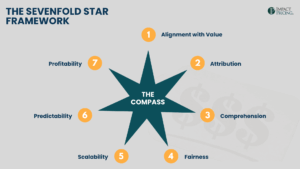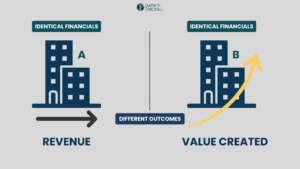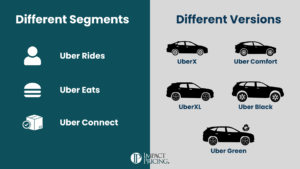You can listen to the full audio version of this blog we call — Blogcast.
Buyers trade money for value. This is my first principle of business. If we want to get more money, we have to help buyers perceive and/or receive more value.
Let’s say you can’t quickly change your product. Further, let’s assume your customers receive way more value than they pay for. Your CEO probably believes both of these statements. OK, so why aren’t you charging more? Why aren’t you winning more?
The answer may be obvious. You don’t effectively communicate your value to potential customers. Buyers have to make decisions based on their perceptions of value. If they don’t know all of the value you deliver, their perception of value is lower than reality.
Now, imagine these buyers, with low perceptions of value, would honestly tell you how much they are willing to pay for your product. The price they would tell you is low. Not because they are lying. We said they answered honestly. Instead, it’s because they don’t perceive the full value.
When you do quantitative market research on Willingness to Pay, this is what you get. To be fair, it’s a true measure of WTP because the odds are your actual buyers have the same low perception of value. But this misses the BIG opportunity.
The key is figuring out how to communicate the full value of your product. You won’t do this with surveys. You have to have conversations with your customers. What are they using the product for? What did they do before your product? What measurable results did they achieve? How did that impact their profit?
The reason most companies can’t effectively communicate their value is they don’t understand the full value of their product. You may believe in it. You may love it. You’ve seen other customers rave about it. But until you have a deep understanding of the problems you solve and the results you can deliver, it’s almost impossible for you to communicate this value to a new buyer. If you can’t communicate the full value, buyers perceive your full value, and you won’t win deals at the prices you deserve.
My recommendation is to have many conversations with customers and buyers. Listen carefully. Try to take everything they say and move it back to first principles. What problems were they trying to solve? When you can learn to think in terms of problems, and then results, you can much more easily understand the value your customers get.
This may seem obvious, but sadly, very few companies do it. And it’s hard. After working with hundreds of companies and products, I see the same challenge over and over. Companies have the curse of knowledge. They know so much about their product and don’t remember what it’s like to not know.
This means after you listen, you have to think. Think hard. Can you translate every feature request and every desired result back to what problem they really have? This is how you start to understand your own value.
How do you determine your value?
Share your comments on the LinkedIn post.
Now, go make an impact!
 Tags: price, pricing, pricing skills, value
Tags: price, pricing, pricing skills, value













